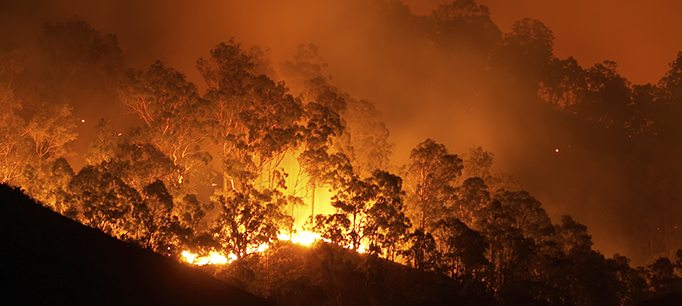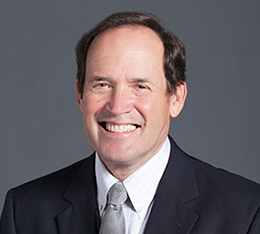Severe wildfires have been dominating the news this summer, with good reason. The persistent drought, coupled with the legacy of poor forest management practices, has produced historic fire conditions in California and much of the West.
In the month since the publication of our report on the California drought’s major repercussions—which projected a growth in extreme fires if the drought continues another few years—California has experienced several new fires that are among the largest or most damaging in recorded history.
Since this drought began in 2012, California has experienced two of the three largest fires on record, and four of the top 20, as measured by number of acres burned (see table). The newest “top 20” is the Fresno-area Rough Fire, which continues to spread and rise in fire rankings since its start in July. From September 11-17, the Rough Fire consumed around 20,000 additional acres and rose from eighteenth to fifteenth largest wildfire on record.
As of mid-September, this year’s Valley and Butte fires ranked third and seventh on the state’s list of most damaging fires, as measured by number of structures destroyed (see table). At this writing, neither fire was fully contained.
All three of these wildfires continue to burn despite a massive fire-suppression effort by the Department of Forestry and Fire Protection (CAL FIRE).
UC Berkeley wildfire expert Scott Stephens explains that the current statewide drought has affected the frequency and behavior of recent wildfires. Hotter temperatures and dry conditions have “reduced moisture in both live and dead trees, as well as shrub leaves and tree needles, which allows for more efficient fire initiation and high intensity burns,” says Stephens.
A century of wildfire suppression and inconsistent fuel reduction efforts—such as thinning out trees and introducing more frequent, low-intensity fires—has increased the risk of major wildfires in California’s forestlands. Unnaturally dense forests create ample fuel for wildfires once they ignite.
One new drought-induced characteristic is that wildfires are continuing to grow throughout the night, Stephens notes. Historically, lower temperature and higher relative humidity at night would slow wildfire growth and give firefighters a chance to suppress the burn. The Moonlight (2008), Rim (2013), King (2014), and Valley (2015) wildfires burned intensely throughout the night.
Stephens warns that that we need to rethink our approach to forest management. Intense fires have the potential to convert forests to shrublands, permanently altering their ecology. To avoid this, the state must increase fuel-reduction efforts to ten times the area that is currently treated. “The good news is this is possible,” Stephens says. “We have the techniques and research to show forest restoration treatments are in line with the ecology of these ecosystems.”
Short-term fire suppression is extremely important for protecting human life and property, but experts agree that California needs to take a longer range view of forest management to limit damage from wildfires as the climate warms, and reduce the ever-growing cost of fighting fires. Fuel reduction efforts require sustained application over large areas for decades. The fractured ownership of California’s forestland makes implementation difficult. Some efforts are underway on private lands in California, but this has proven more difficult on federal lands (roughly half of our forestlands) due to permitting constraints. Until private and public forestland owners coordinate long term fuel-reduction efforts, California can expect to experience larger, more frequent, and increasingly severe wildfires.

Visit Scott Stephens’s Wildland Fire Research & Education Lab at UC Berkeley



